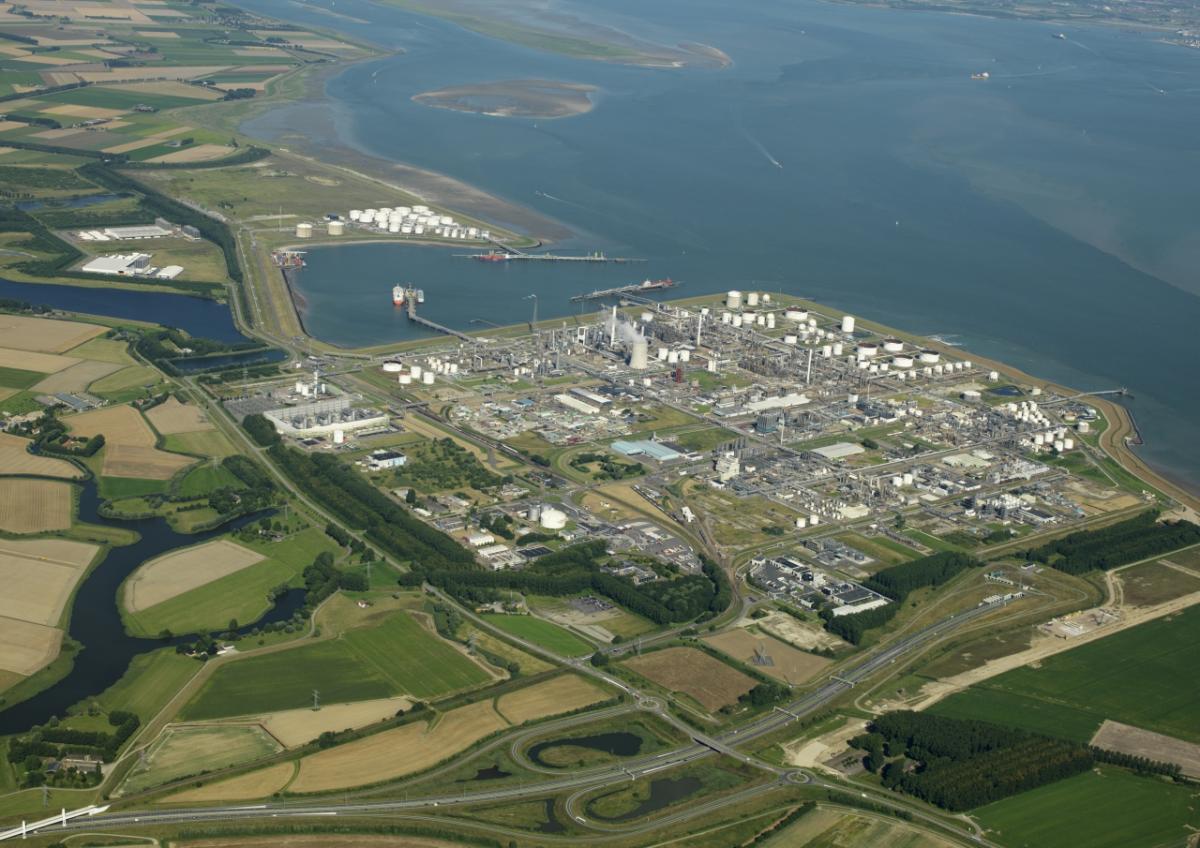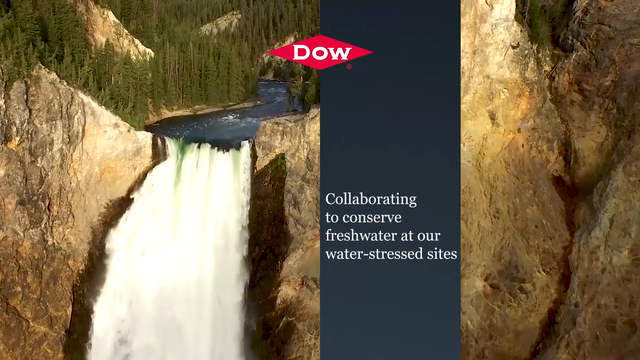Collaborating to Conserve Freshwater at Our Water-stressed Sites
After more than a decade of collaboration and investment, our manufacturing site in Terneuzen in The Netherlands is closing in on achieving an ambitious goal: to eliminate the structural use of non-sustainable freshwater supply.
The largest site outside of the United States, Dow Terneuzen is located in a region surrounded by seawater but without much freshwater. Today, 75% of Dow Terneuzen’s freshwater use of 22 million cubic meters annually is provided from sustainable sources – such as recycled and reused wastewater. However, the remainder is still pumped from the Biesbosch region, more than 120 kilometers away. This freshwater is also the source of the drinking water supply for 2.5 million households in the Western part of The Netherlands. The consequences of climate change will increase the pressure on potable water supply in that area in the coming decades.
By 2025, we are working to replace the freshwater from the Biesbosch region completely with sustainably sourced water. Our water strategy is based on doing as much conserving, reclaiming and recycling of water on site as possible. We also are testing a constructed wetland to enable more efficient downstream water treatment, requiring less chemicals and energy.
“We operate on the basis of the three Rs: reduce through conservation, recycle and reuse,” says Mary Draves, Dow chief sustainability officer and vice president, Environment, Health & Safety. “Within our sites, we are looking to recycle water streams such that these water volumes are not lost to rivers or lakes. We want to close the loop as much as possible.”
COLLABORATING FOR GREATER INNOVATION AND IMPACTCollaboration has proven to be an essential tool to our success in our sustainable water journey in Terneuzen. To keep improving the efficiency of water sourcing, we are collaborating with even more partners to create solutions that are better for the environment, for surrounding communities and for our business. Beginning in the early 1990s, we worked with public and private partners to implement solutions to reuse municipal wastewater for production purposes in Terneuzen – becoming the world’s first chemical company to do so on a large scale. In addition to saving precious freshwater, the water reuse saves energy and lowers our carbon footprint. Learn more.
In preparing for the final steps to become independent of Biesbosch water, we again are teaming with private and public partners to find ways to extend our reuse of municipal and industrial wastewater, as well as reclaim collected rainwater. In 2019, we reached agreement on a new 20-year build-own-operate contract with Evides Industriewater to build additional water treatment facilities using mild desalination technology for the I-Parc of Dow Terneuzen.
In addition, we’re researching natural solutions for pre-treating brackish water. In a two-year pilot project with Evides, the Water Board, and a local university, a wetland has been constructed. Data is being collected to determine whether residual organics from both the site and municipal wastewater treatment plants are converted or removed in the wetland and how that impacts the downstream treatment equipment. The data collected is being used to verify full-scale implementation by 2024 for the site’s desalination train.
The wetland project is an example of how Dow is using nature’s services across its sites to help with sustainable water management.
“We are making significant progress in quantifying the full value of water to our operation and embedding it in business decisions,” Draves said. “In a world of increasing water scarcity, developing sustainable water management practices is critical to our business. Establishing a long-term vision for water is a key part of our water management strategy and is reflected in several of our 2025 Dow Sustainability Goals.”
SHARING OUR LEARNINGSGlobal water scarcity and an increasing population make recycling and reclaiming water a smart business strategy for promoting both environmental health and economic development. Through our World Leading Operations Goal, we have identified six of our manufacturing sites as key water-stressed sites and are committed to reducing the freshwater intake intensity at these sites by 20 percent.
Through our Leading the Blueprint Goal, we also are sharing our journey toward more sustainable water management.
“Closing the water loop has a positive effect on the environment by reducing the industrial use of drinking and ground water,” Draves said. “Through innovative local collaborations, we are reducing the water intensity at our sites, which leaves more water for farmers, residents and other businesses.”
See our 2019 Sustainability Report for more details on our water management practices.



